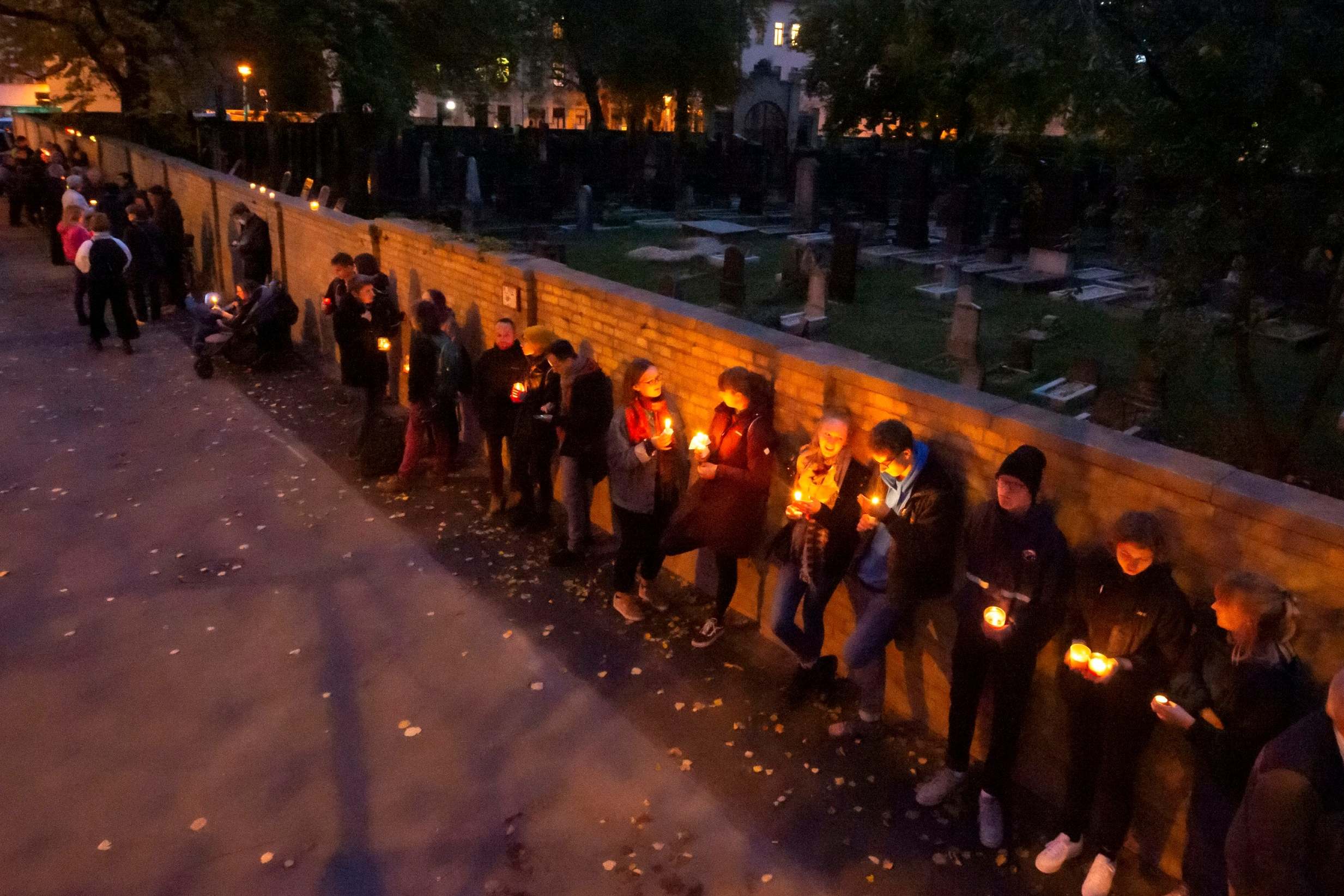Use of 3D printed guns in German synagogue shooting must act as warning to security services, experts say
‘All you need is a weekend worth of time and $50 for the materials’, Balliet wrote in obscure online post about manufacturing weapons
Your support helps us to tell the story
From reproductive rights to climate change to Big Tech, The Independent is on the ground when the story is developing. Whether it's investigating the financials of Elon Musk's pro-Trump PAC or producing our latest documentary, 'The A Word', which shines a light on the American women fighting for reproductive rights, we know how important it is to parse out the facts from the messaging.
At such a critical moment in US history, we need reporters on the ground. Your donation allows us to keep sending journalists to speak to both sides of the story.
The Independent is trusted by Americans across the entire political spectrum. And unlike many other quality news outlets, we choose not to lock Americans out of our reporting and analysis with paywalls. We believe quality journalism should be available to everyone, paid for by those who can afford it.
Your support makes all the difference.The creation of 3D printed guns by the neo-Nazi who launched a shooting attack in Germany must act as a warning to security services, experts have said.
Stephan Balliet only took one plastic weapon on the rampage that left two people dead in Halle but had manufactured several more, documents seen by The Independent reveal.
The 27-year-old livestreamed his attack in a move echoing the Christchurch shooting, and posted three documents online outlining his antisemitic and racist ideology.
But another cache of files that were not initially discovered online show Balliet had been making weapons before Brenton Tarrant’s atrocity in New Zealand.
Researchers at the International Centre for the Study of Radicalisation (ICSR), based at King’s College London, uncovered the extremist’s unseen original post on an obscure “chan” imageboard.
“For all of you, who live in no fun countries [with restrictive gun laws] this may be of interest,” Balliet wrote.
“All you need is a weekend worth of time and $50 for the materials.”
He wrote that he was about to start “live testing” before posting a link to the Twitch livestream that showed him carrying out the shooting.
The post was made at 11.57am on Wednesday, minutes before the attack on the synagogue, and Balliet could be heard typing and cursing on his livestream as he attempted the upload.
The downloaded folder contained the three documents that were shared widely online in the immediate aftermath of the shooting, but there was also a photo of Balliet and more folders containing detailed instructions on how to make homemade weapons.
It contained numerous files that could be run through a 3D printer to make the same firearms, as well as ammunition.
Balliet listed his primary objective as “proving the viability of improvised weapons”, although footage of the attack showed them jamming and failing multiple times.
ICSR research fellow Blyth Crawford said the documents claimed Balliet had been making his own guns for “years”.

She told The Independent the possibility of other terrorists using 3D printed weapons “needs to be responded to” by authorities.
“Designs for [one of Balliet’s weapons] have been around for a long time, but it is becoming more and more inexpensive to develop them,” she warned.
Rajan Basra, another ICSR research fellow, suggested there would have been a more urgent response from authorities if the attack had claimed more than two lives.
“There is a risk that because he didn’t succeed in launching a mass-casualty attack, it’s delaying the realisation that terrorists could use 3D printed guns,” he said.
“The reaction to attacks depends on the number of victims but the risk with that is that we miss longstanding trends, things that are staring us in the face.”
The shooting came just weeks after the first person was jailed for printing a 3D gun in the UK.
Tendai Muswere claimed the pistol, found during a London drugs raid, was for a prop for a university film project but was convicted for firearms offences.
British counterterror police have previously warned that the move from networked bomb plots to “low-tech” car and knife attacks had made attacks harder to prevent.
In Balliet’s case, German authorities have admitted that he was not known to be a security risk and had no criminal record.
Analysis of Balliet’s documents shows that several of the image files showing his plastic weapons were created on 8 March.
The date is a week before the Christchurch attack in New Zealand, which had widely been considered the starting point of the following wave of far-right terrorist incidents including in Poway, El Paso and Norway.
“One line suggested the attacker had intended to create more weapons or do more attack planning but he abandoned that for reasons we can’t speculate on, and decided to conduct the attack on Yom Kippur,” Ms Crawford said.
Researchers said that because of the rapid adoption of new technology and platforms by young far-right extremists like Balliet, it would be impossible for his files to be completely removed from the internet.
Mr Basra called for authorities to encourage people to report suspicious offline behaviour, rather than solely using internet activity as an indicator of security risks.
“Balliet had been making weapons for a couple of years, he had been planning attacks for months,” he added.
“He must have spoken to people, they must have suspected something. I think it would be much more effective if there was a focus on real-world behaviour.”

Join our commenting forum
Join thought-provoking conversations, follow other Independent readers and see their replies
Comments